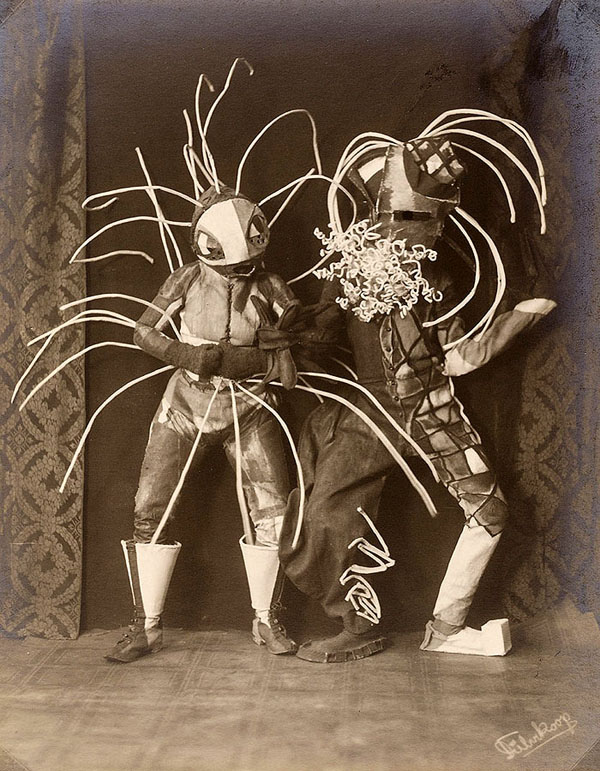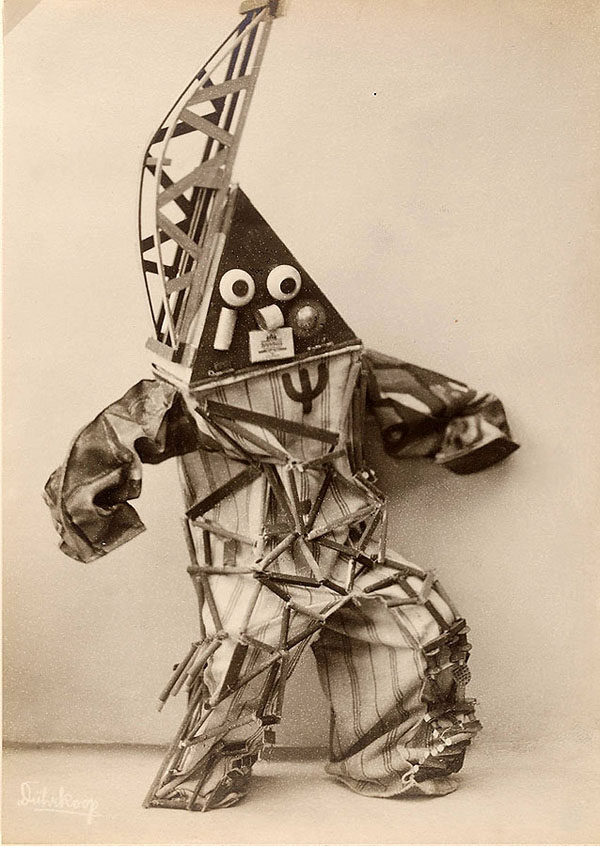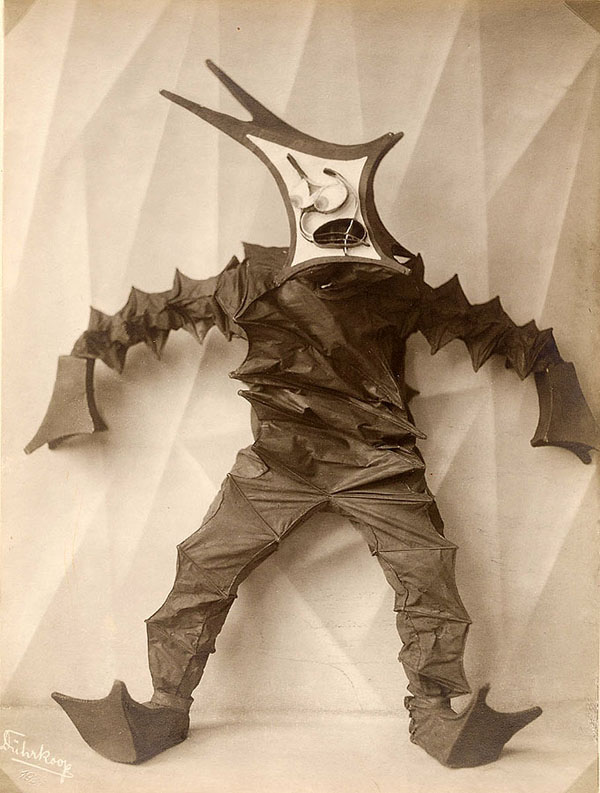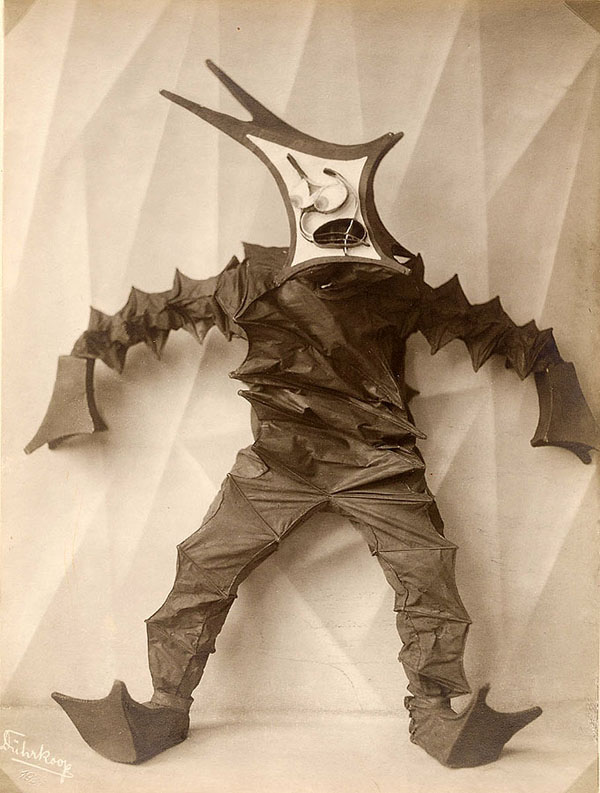There are far better players of Bob Moog’s wonderous analog synthesizers than Bob Moog himself–from Wendy Carlos, who reinterpreted Bach for the newfangled instrument in the 60s to Rick Wakeman and Richard Wright to Giorgio Moroder to Gary Numan, to virtually anyone who has ever recorded music with a Moog. Bob Moog was not a musician, he was an engineer who took piano lessons before earning his B.A. in physics, M.A. in electrical engineering, and Ph.D. in engineering physics from Cornell.
Academic credentials have no bearing on what moves us musically, but it’s always worth noting that the Moog synthesizers—which did more to change the sound of modern music than perhaps any instrument since the electric guitar—came out of decades of dogged scientific research, beginning when Moog was only 14 years old and built a homemade Theremin from plans he found printed in the magazine Electronics World. That was 1949. Almost thirty years later, the Minimoog Model D appeared, the revolutionary portable version of studio-sized machine Carlos used to reimagine classical music in the late 60s.
“It’s an analogue monophonic synthesizer,” says Moog in the video above. “That means it makes the waveforms by electronic means and it plays one note at a time.” Sounds rather primitive by our standards, but watch the demonstration below by Marc Doty, who walks us through the sweeping range of functions in the compact machine, made between 1970 and 1981 (and reissued for a limited run in 2016). Its banks of waveform selectors, oscillators, filters, and envelopes produce “something sweeter,” says Doty, than your average synthetic sounds, though he can’t quite put his finger on what it is.
We’ve all heard the difference, whether we know it or not, and discriminating ears can pick a Minimoog out of any lineup of analogue synths. It is, Doty declares in the description for his video, “perhaps the most beautiful, beautiful sounding, and functional synthesizer ever produced.” Called the Model D because it was the fourth iteration of previous versions made in-house between 1969–70, it was truly, says author and composer Albert Glinsky, “the first portable synthesizer where everything is contained in one unit. It really is the prototype, the ancestor, of every portable keyboard in every music shop today.”
One of its innovations, the pitch wheel, now standard issue on almost all of those mass-produced successors of the Minimoog, was the first of its kind. If Moog “had patented [the pitch wheel],” says David Borden, one of the first musicians to play the Minimoog live, “he would have been an extremely wealthy man.” Others have made similar observations about Moog’s pioneering sound-shaping technologies, but as Richard Leon points out at Sound on Sound, it’s a good thing for us all that the inventor wasn’t motivated by profit.
Competition nearly buried the company Moog sold in the mid-70s (only reacquiring rights to his own name in 2002), but had Moog “tried to create a monopoly on these fundamentals,” Leon writes, “it’s likely the synth industry as we know it today would never have happened.”
Related Content:
How the Moog Synthesizer Changed the Sound of Music
Josh Jones is a writer and musician based in Durham, NC. Follow him at @jdmagness







